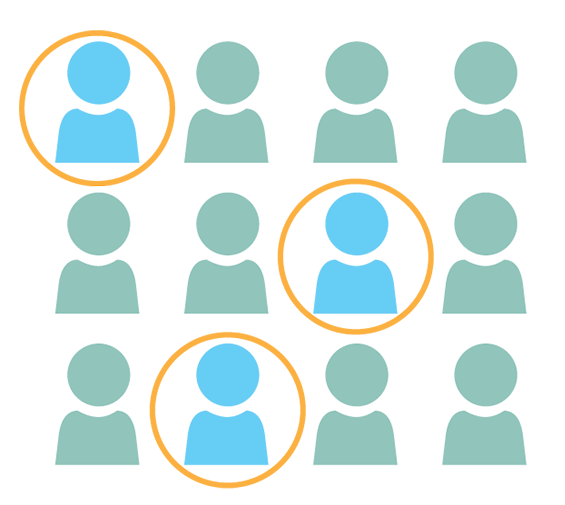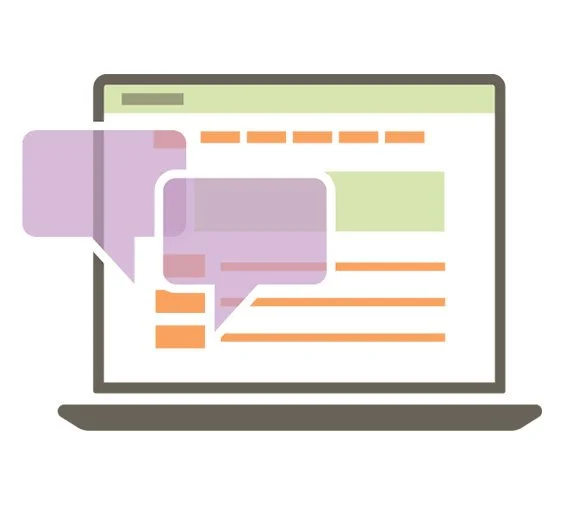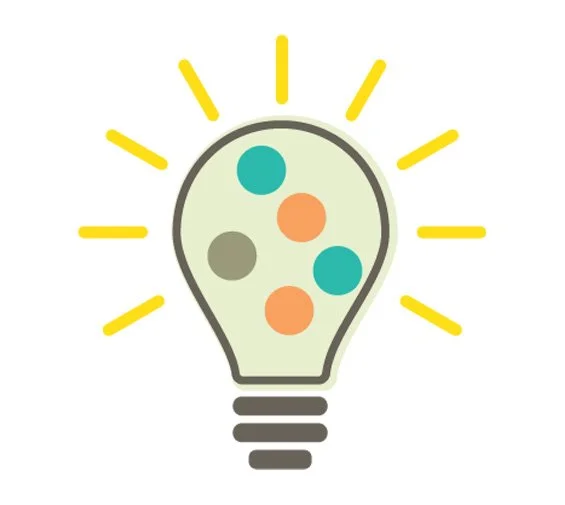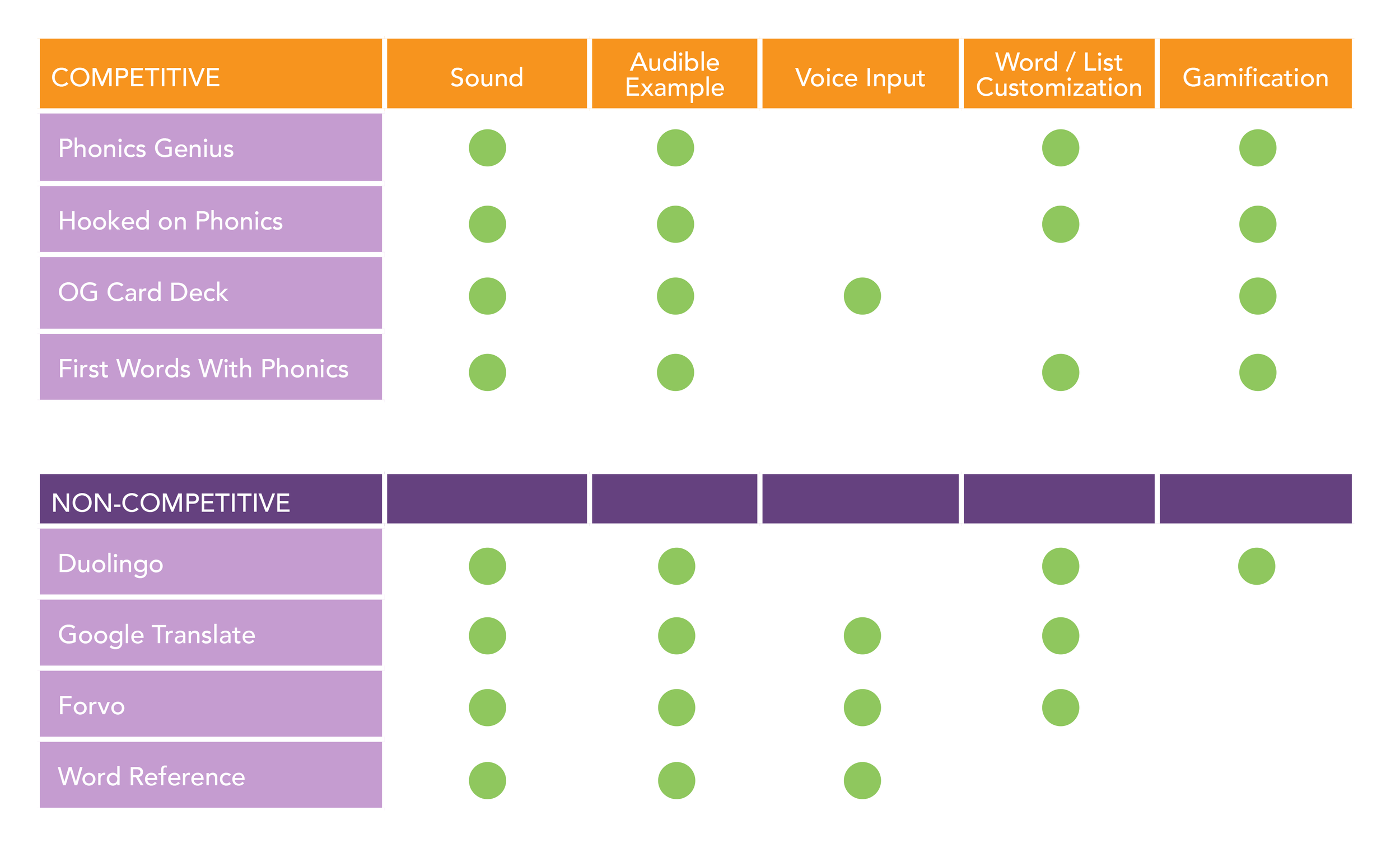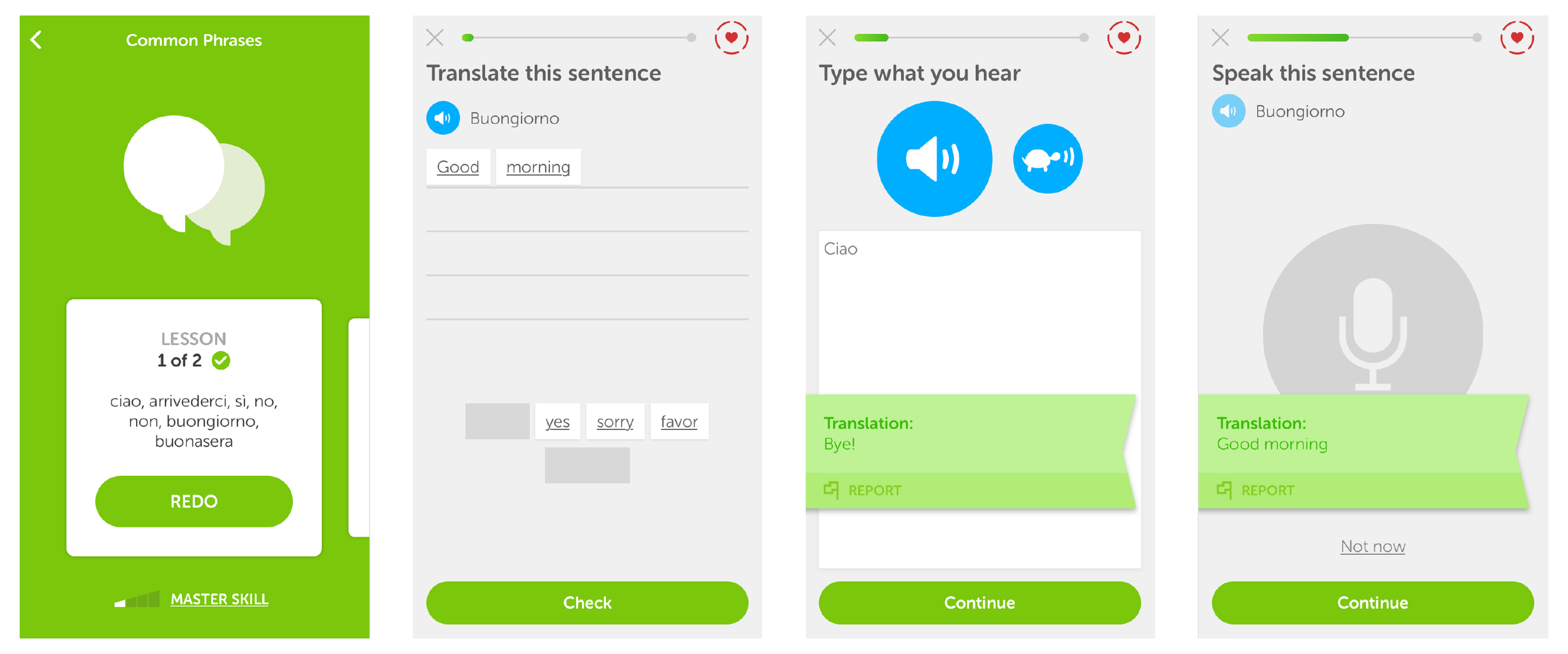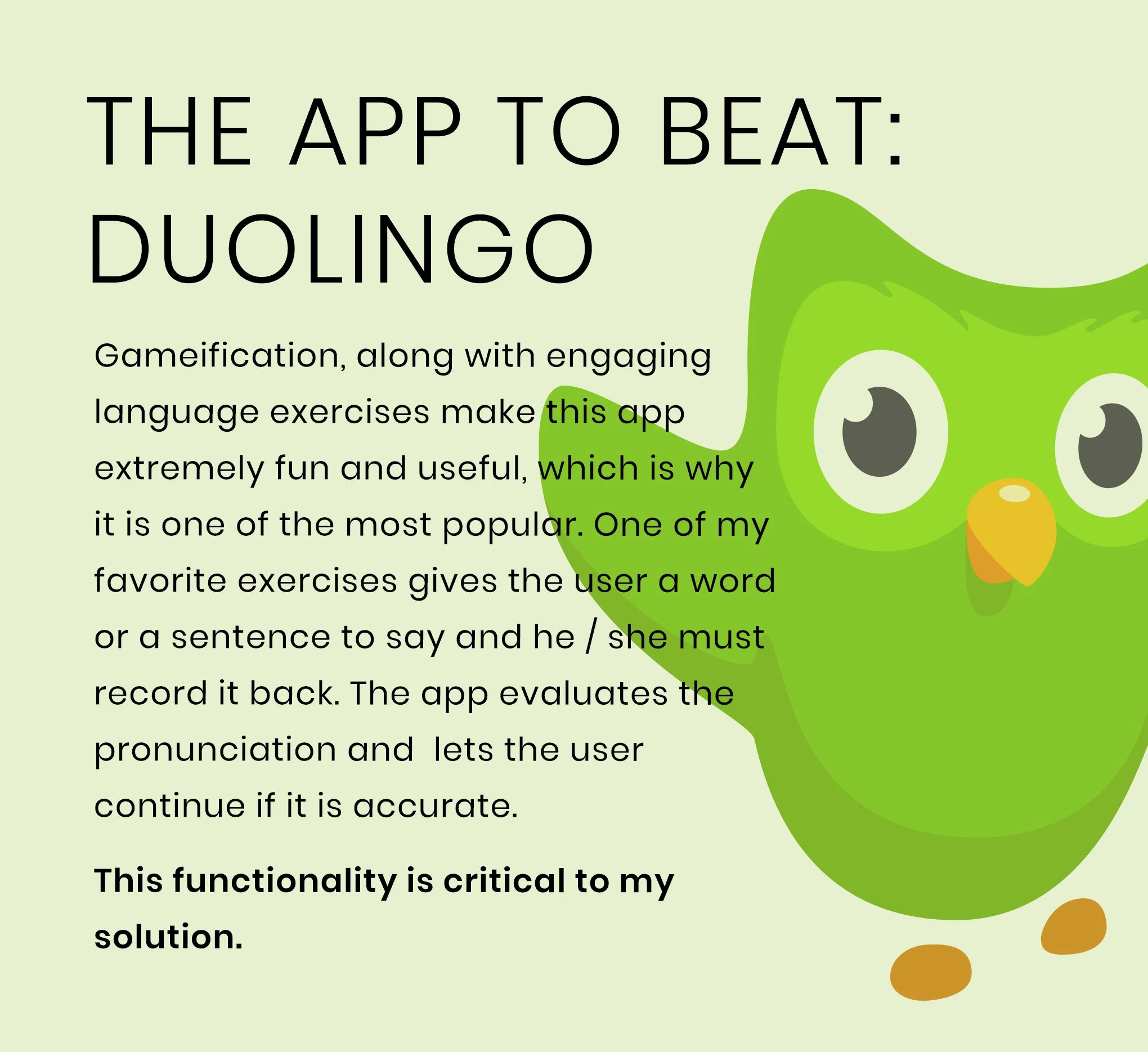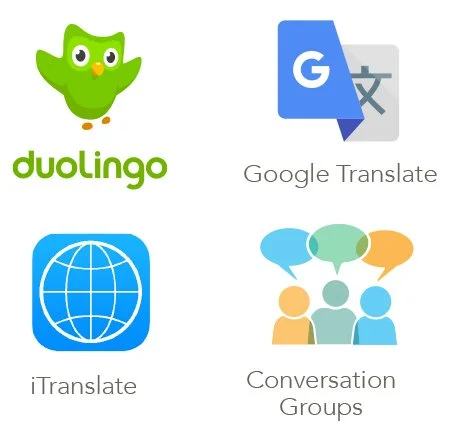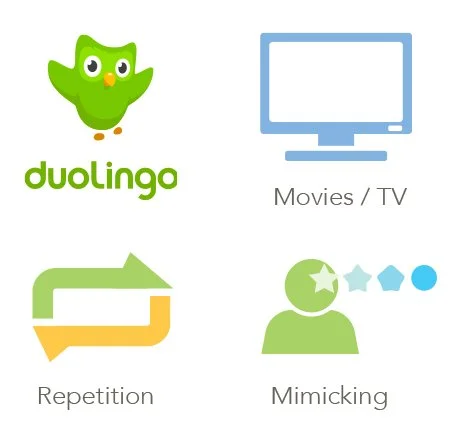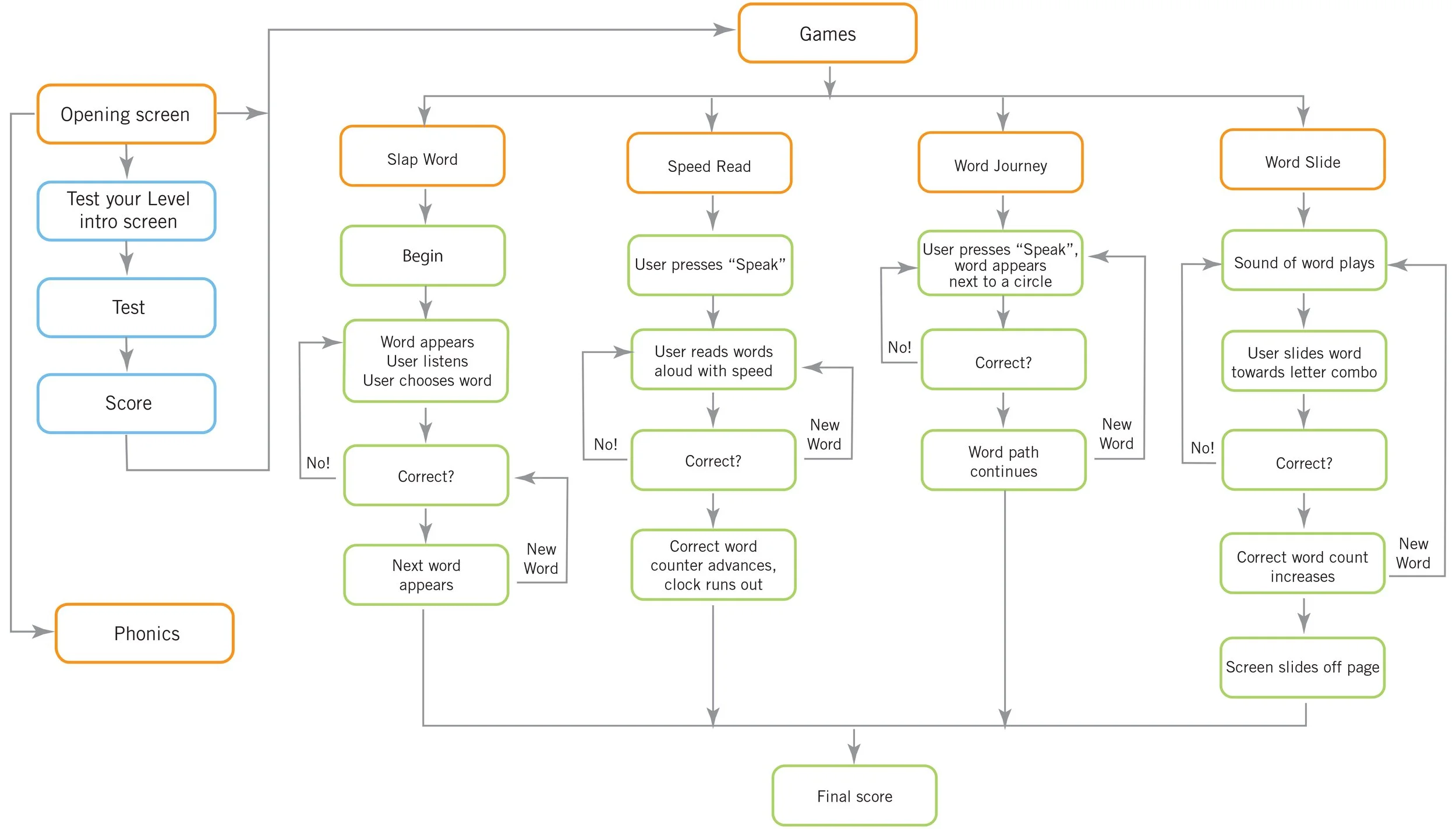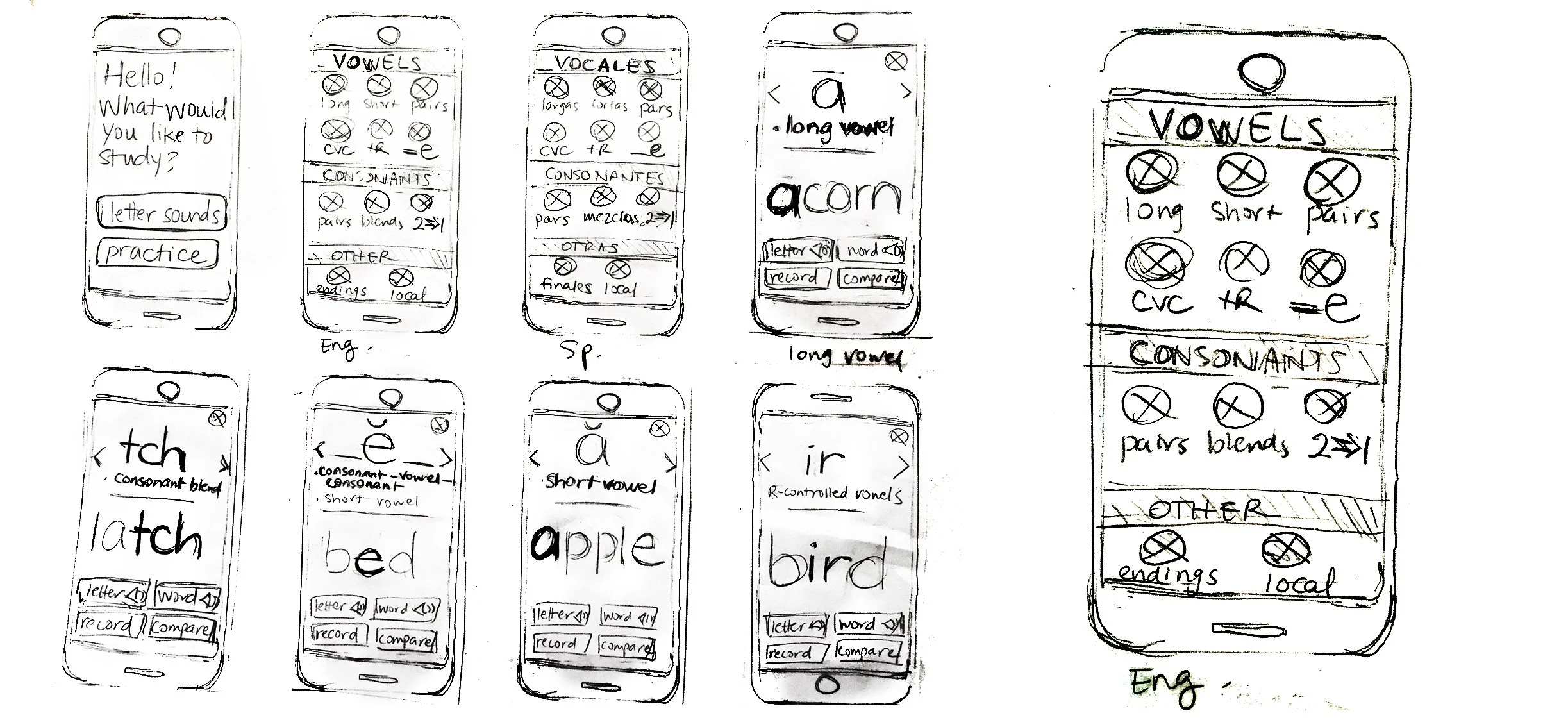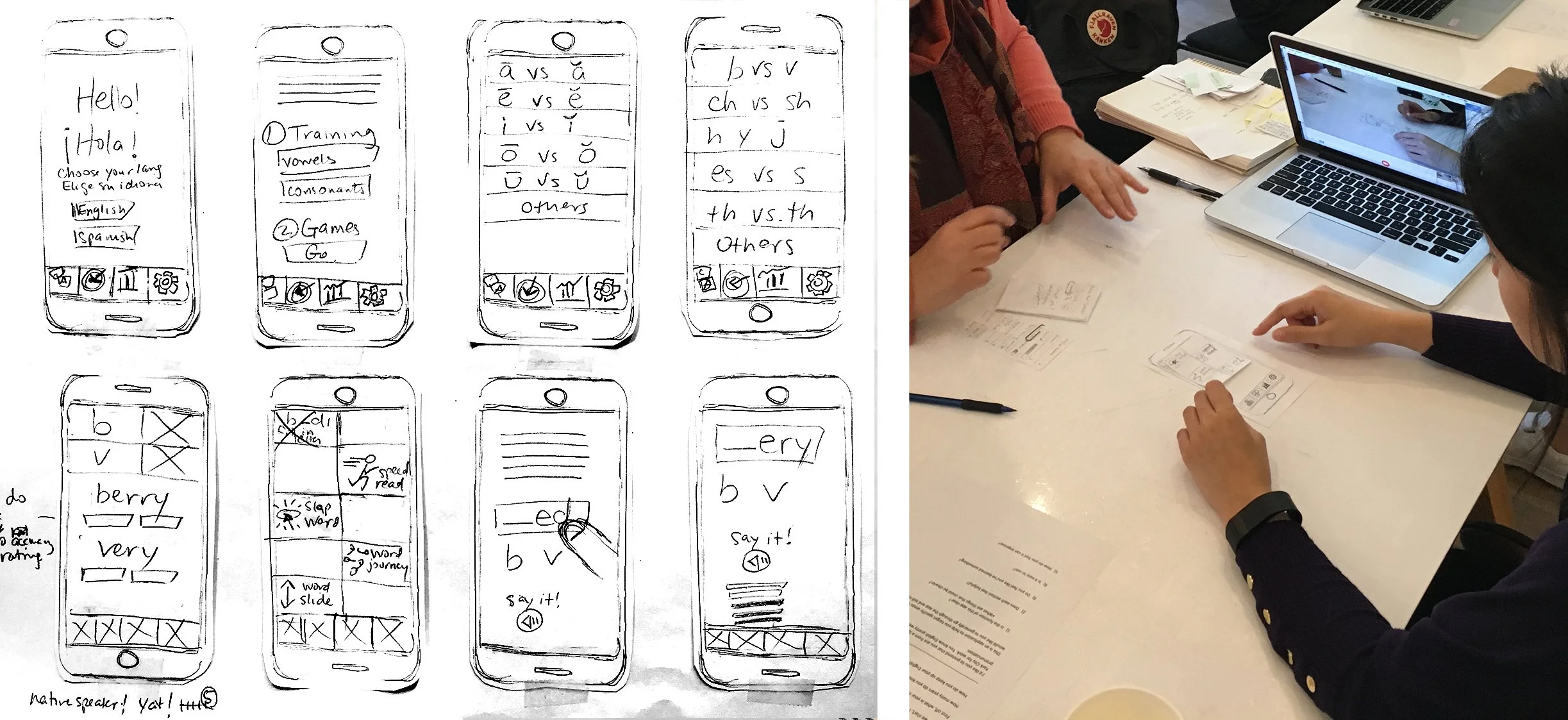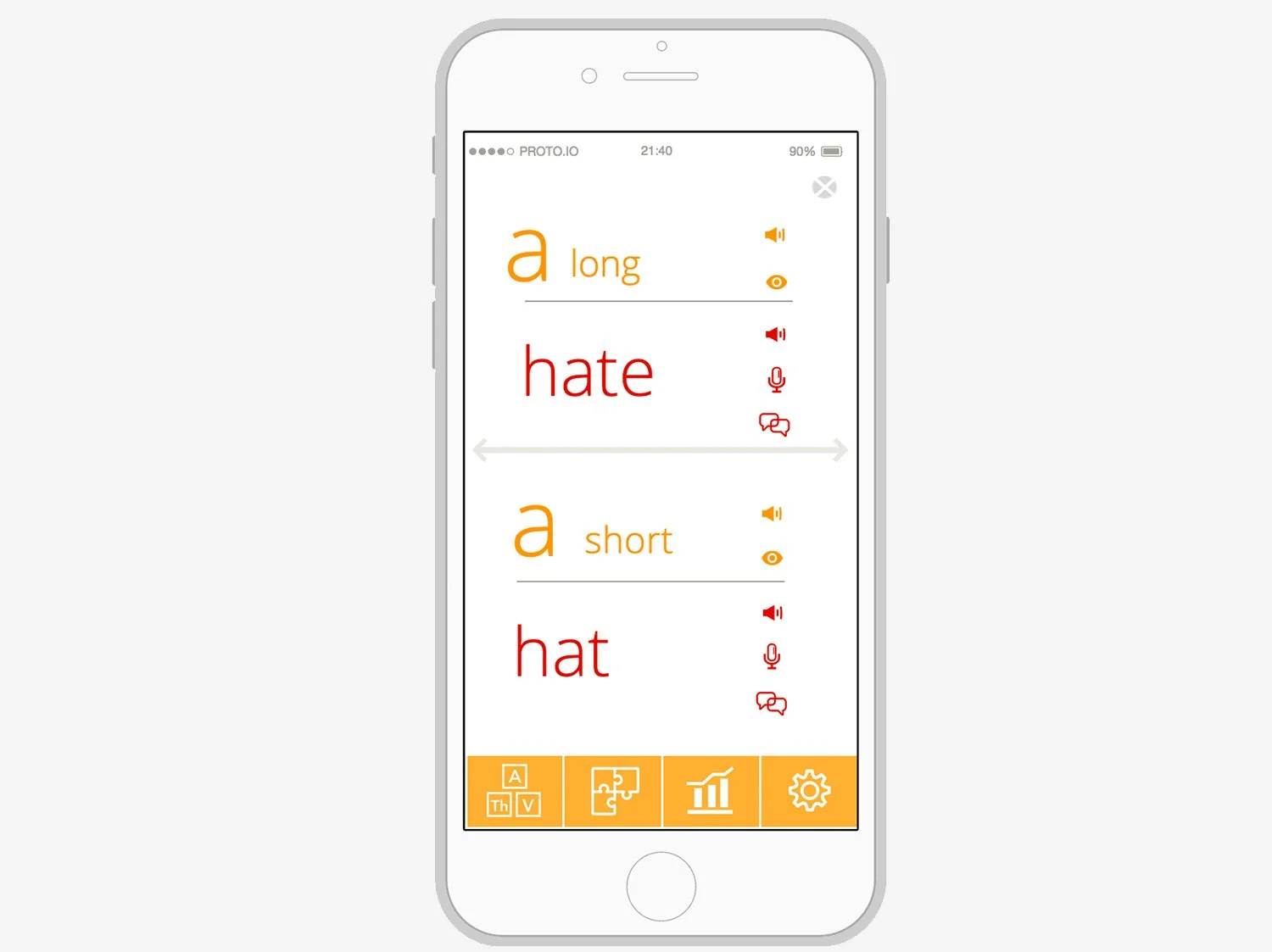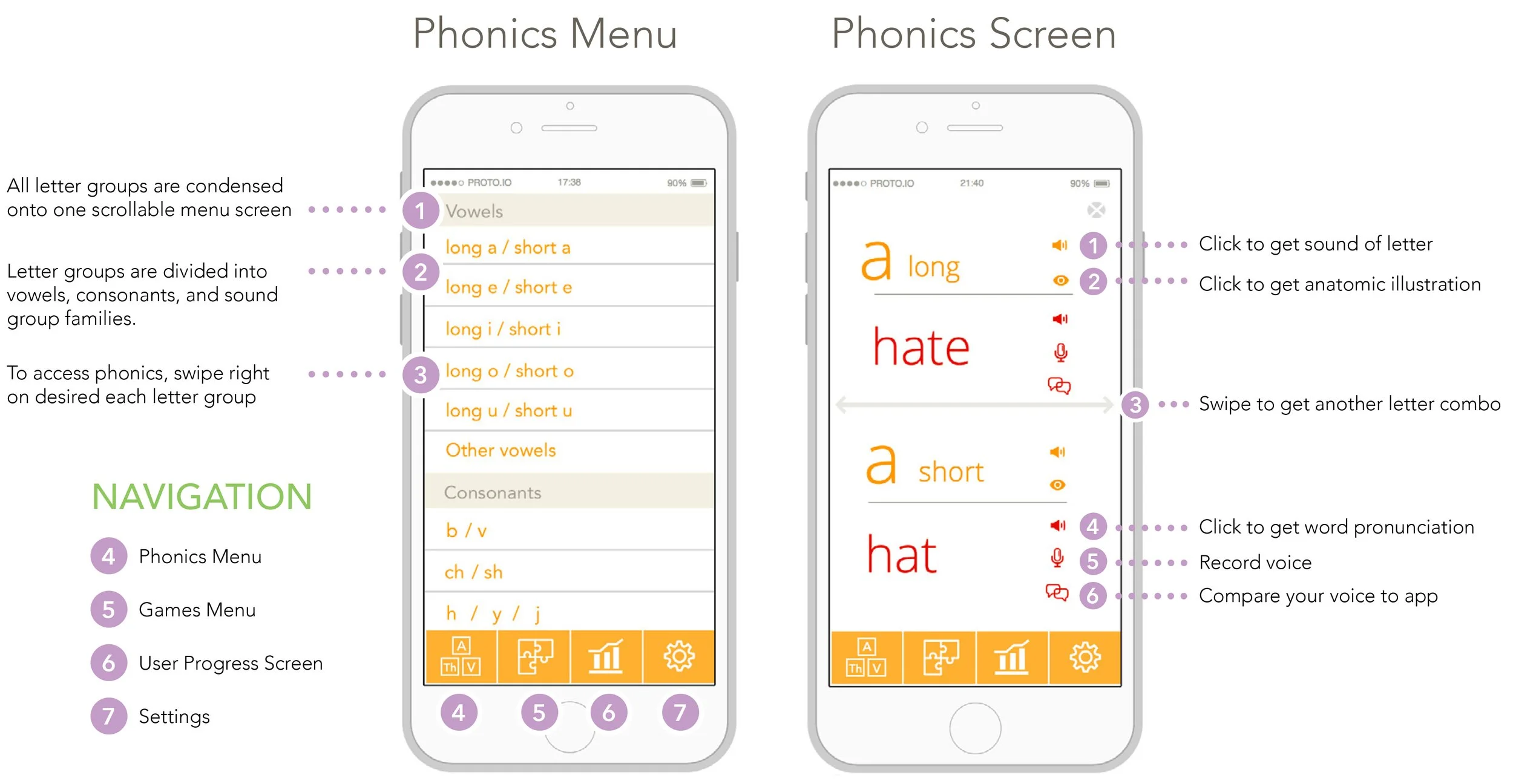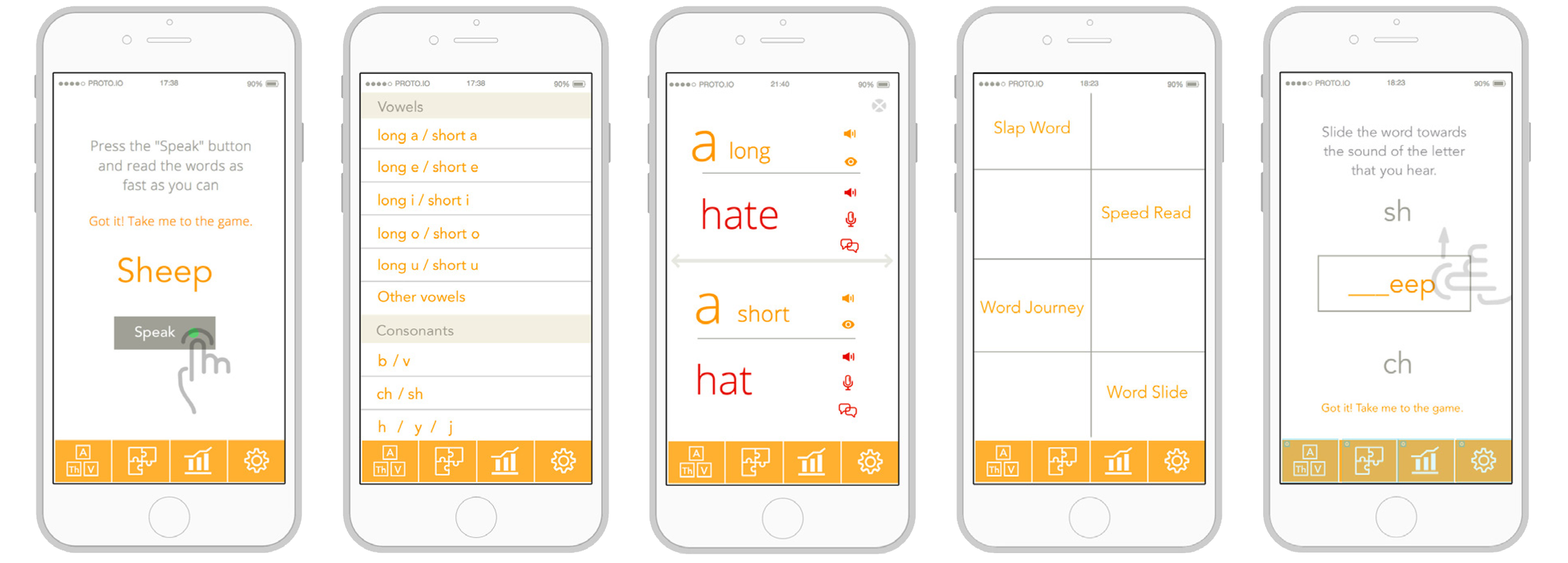SoundsLike is personal passion project for an app that helps English as a Second Language learners improve their listening, reading, and speaking proficiency through phonics and audio feedback. The objective is to help learners improve their confidence in being able to accurately hear and reproduce sounds not found in their native language.
– UX / UI methodologies:
User surveys
Competitive analysis
User personas
User / task flows
Prototyping
Iterative testing
– Creative direction
– Presentation design
– English as a second language methodology
THE OPPORTUNITY
HOW can speakers of English as a Second Language gain more confidence in their pronunciation? Are there letter patterns that would help identify how to pronounce sounds they don’t know?
Despite having many years of learning, ESL speakers still often experience a disconnect at being able to look at a written word and making an educated guess at how to pronounce it. Letter / sound correlation patterns remain a challenge even into adulthood. Furthermore, many letter sounds don’t exist in the learner’s language, which poses a double barrier.
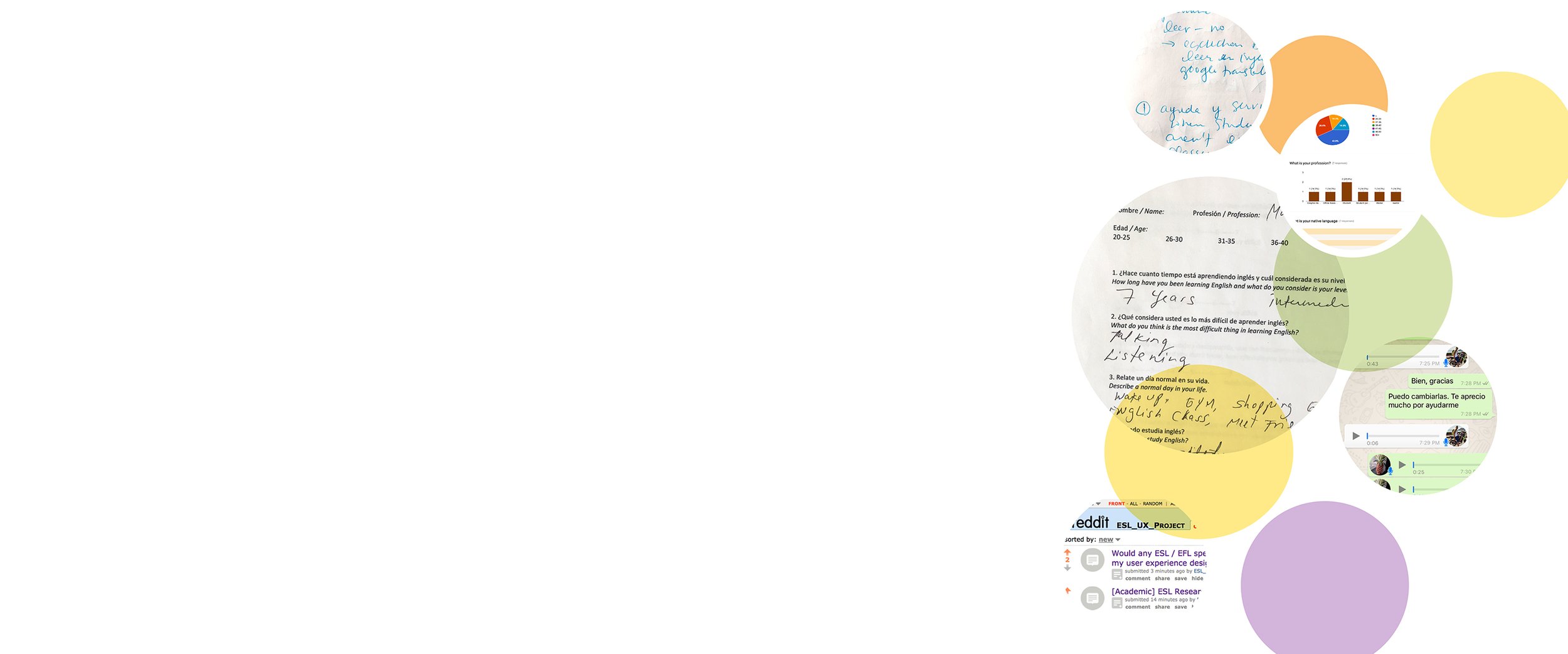
FINDING A
SOLUTION
I had a good idea of where to start, which was talking to people in my Spanish conversation exchange group.
I wanted to get an idea of their approach towards language learning and what they do to further their English studies. I made some questions, gave the group the surveys, and conducted user interviews. Next, I expanded my circle and talked to people whose native languages were not English about their challenges in learning it. Finally I posted my surveys on language boards and a survey area on Reddit.
Overall, people were more concerned how to pronounce something than why. They just wanted to “get it right.” My solution couldn’t make people feel like they are were school or doing a chore. Many people don’t learn languages because they love them, but out of necessity. If they are even interested in getting better with their pronunciation, that’s a win.
CREATING
FRIENDLINESS
By far, the hugest challenge in planning out my solution was figuring out a way to break down English pronunciation into pieces that are accessible, easy to understand and fun
Which, it’s none of those things. Many times, when I started to talk to people, their eyes would glaze over and roll into the back of their head. So I needed to find a way make this accessible and gameification would be a great way to do it.
Another interesting takeaway was that people overwhelmingly rely on mobile apps such as Google Translate and they also like learning by watching TV or movies.
SIZING UP THE
COMPETITION
All of the companies I chose as direct competition are phonics apps that have some interesting / useful features to consider. My non-direct competition companies are apps that my users are currently learning from or have interesting pronunciation features.
Who are they aimed towards?
What’s going on in ESL / EFL forums?
Who is in the App / Google Play store?
Are there any popular or innovative features I should look at?
Would searches in other languages yield different results?
COMPETITIVE /
NON-COMPETITIVE
ANALYSIS
– Most Popular Features –
KEY FINDINGS
While comparing the most competitive companies, I discovered that there were no phonics apps geared toward English As Second Language learners.
This was the most interesting finding and in my opinion, a missed opportunity. Every app was made for children and those with special needs.
All of the non-competitive companies operate in the language-learning space but had no real functionality for learning the mechanics of pronunciation. Another key realization was that that phonics are used as a tool for learning reading, not how to speak or pronounce words.
UNDERSTANDING THE USER
Next, I developed main two personas, Daniel and Sandra.
Each learner already has a fairly developed level of English, one more advanced than the other. These learners would benefit the most from my solution as they have enough experience with English to have progressed beyond the basics and can delve into understanding nuances and details.
“The methods I use to learn pronunciation work, and help me in the moment, but they don’t last for long.”
BACKGROUND
Daniel was transferred to New York City for work about two years ago. He works at a global financial firm and his clients are primarily companies throughout South America. He enjoys living in the city and is active. He tends to work long hours but makes time to go to the gym and hang with friends. He also loves music and taking advantage of all the city offers.
He hasn’t had a hard time adapting to living in an English-speaking environment but would like to improve his listening comprehension and vocabulary knowledge. Learning in a formal environment is not something he is keen on and would rather make friends and connections with native speakers.
He still has some challenges when speaking, especially when trying to use the new words he has picked up.
USECASE
Sometimes, Daniel sees a word during his day and can’t quite figure out how the pronunciation fits with the words that he already knows. If he wants to check it, he will usually use Google Translate or an online dictionary where he can play how it sounds. He wishes he could figure out a better method to rely on without using a dictionary or his intuition.
GOALS
• “I wish there were a standard way to learn English.”
• A way to compare my voice to the example
• To reinforce my what I’ve already learned
HAS TROUBLE WITH
• Pronunciation
• Spelling
• Vocabulary / learning new words
• Listening comprehension
• Some grammar, like using correct verb tenses
WHAT HE USES
“When I don’t know a how to pronounce something, I try to find a word like it. However, it’s not always possible.”
BACKGROUND
Sandra is a young go-getter and loves her career. She especially loves dealing with people and enjoys it when she can help them fulfill their dreams.
In school, she never really liked English. If you ask her, she will tell you she learned “absolutely nothing”. Nowdays, she finds herself needing to rely on it more and more. Plus, there are always new words she needs to learn. Another bonus is that she has started to make a lot of friends from around the world. So, she has extra incentive to start earning again.
A lot of her friends recommended Duolingo and she likes it. However, it’d be great if she could compare her voice to a native speaker’s so she can understand where she needs to improve. She would also like to understand how words blend together.
USECASE
At a party, a client introduces Sandra to a friend, saying that he might be interested in some property. She didn’t catch the name because it was a jumble of sounds. She looked at the new client’s business card but it doesn’t help clarify her confusion.
GOALS
• To find some type of logic in English
• To find a comprehensive way to learn pronunciation
• To find something with fun and interactive exercises
HAS TROUBLE WITH
• Unfamiliar words
• Vowel sounds
• Clear pronunciation
• Stress points
WHAT SHE USES
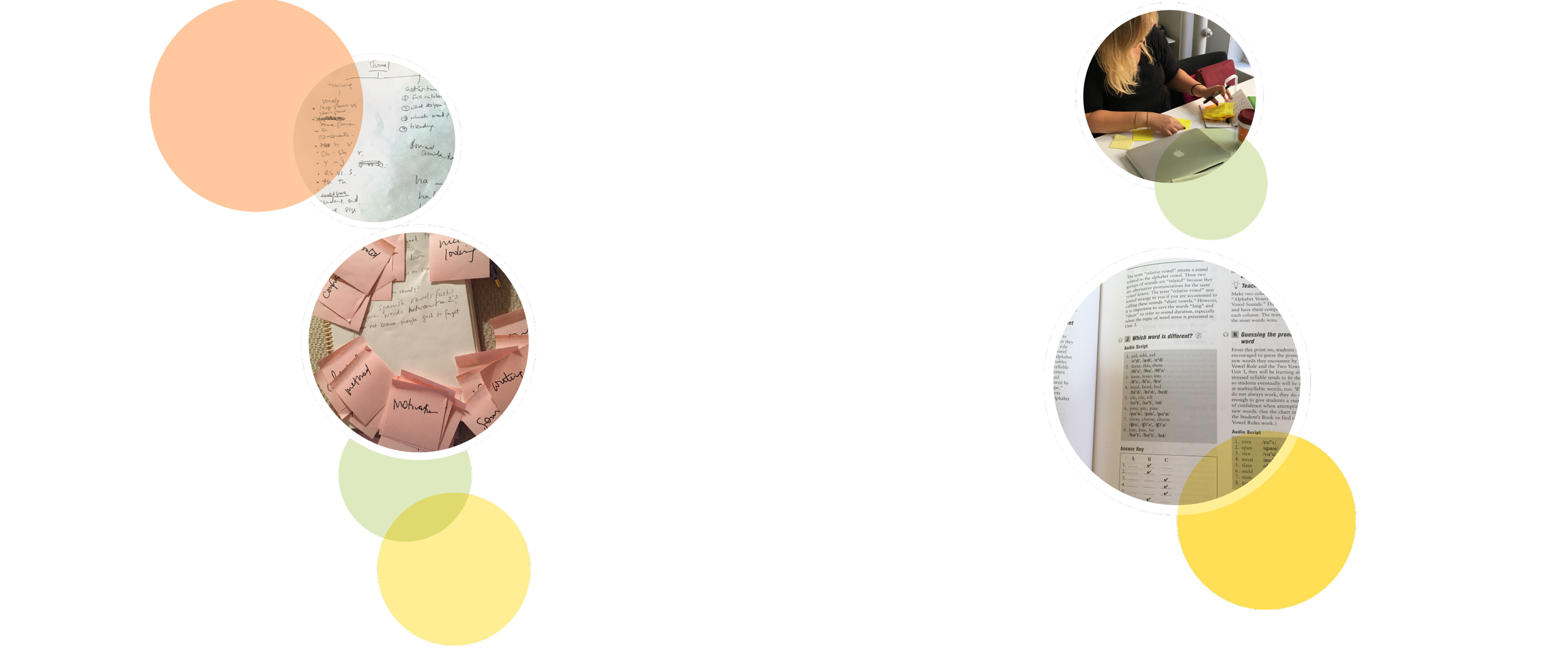
DISCOVERY
English pronunciation has no consistent correlation with spelling. Generally, vowel groups give every ESL learner trouble, while it is easier to identify consonant groupings that are difficult for speakers of specific language groups.
After identifying key challenges in learning pronunciation, I tackled breaking down the material. I started by combing through a myriad of phonics / ESL pronunciation websites and then moved on to looking at pronunciation books I already own. Since I had already taught English in Japan for a couple of years as well as my own private students, I knew from experience that this was not going to be easy.
I divided the vowels into five different categories (a,e,i,o,u, etc.) where the user could compare long and short sounds, no matter how they are combined (i.e.: ee vs. e / ea vs. ee).Then, I identified the consonants that give Spanish speakers trouble. Simplifying my groupings in this manner allowed me to tailor the app according to user need as well as provide an opportunity to make apps specifically for other language speakers such as Japanese or Russian.
Next, was to figure out how to add gameification. The fastest way to do this was to add a games section in order to engage users and reinforce learning but ideally users should enjoy using the whole app.
USER FLOW
From there, I created a basic structure to the app, with two main parts: phonics and games. When the user opens the app for the first time, a Test Your Level screen appears and the user’s pronunciation is evaluated. Then, either the user can choose to do phonics exercises or games.
ITERATIONS AND TESTING
My first iterations on paper were way too complicated. Everyone wanted to stab themselves.
Many said that it was extremely helpful to see the anatomy behind the sounds. The problem was that it is 1) not attractive 2) extremely academic, thus off-putting. Solution was to hide it behind a button.
Later iterations seemed to go much more smoothly and users seemed to respond well.
Features now can be accessed via icons, thus streamlining the interface.
CORE FEATURES
PROTOTYPING
Then, I created a clickable mid-fidelity prototype of the main screens of the app. From here, I plan to continue refining the prototype and conduct further usability tests. Ultimately, when I am happy with the results of the tests, I plan on exploring refining the app design.
SUMMARY
The SoundsLike app aims to help users hear the difficult sounds of English and gain a better understanding of how to pronounce them with confidence. As a Spanish speaker, my persona David can focus on the sounds that he has trouble with, hear them, see how they are formed, record his voice and compare it to the app. Then, he can reinforce his learning through games that ask him to identify the sounds as well as say them.
Next Steps
Continue refining the prototype to include the full games flows as well as finalize all screens such as user progress. Then, I plan to keep testing the prototype with users and incorporate feedback.
Adding record / compare voice features to the prototype as well as helpful features such as anatomical illustrations / gifs that will help the user visualize how to pronounce the sound.
Explore and refine design options keeping in mind that I need to incorporate every opportunity to add in as much gameification and fun as possible.





